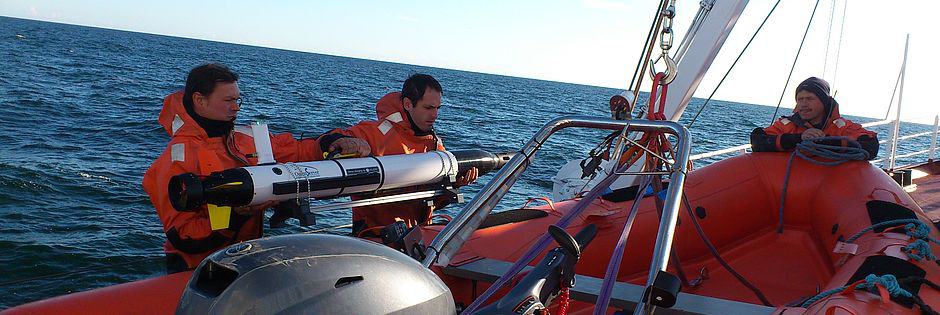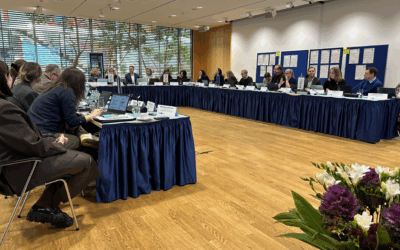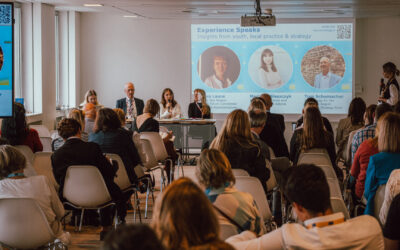The aim of the project is to assess the risk associated with corroding warfare objects, such as dumped containers filled with munitions. Countries around the Baltic Sea are keen to take action and identify the location of munitions and take steps to remove or disarm them, but are prevented from doing that as the sea floor in their waters are not studied well enough. This keeps them from further exploring opportunities like for instance wind farm development at sea may offer.
Considering the growing use of the seabed for economic purposes, such as offshore wind farms and pipelines, the likelihood of disturbing dumped containers with chemical warfare agents, causing direct emissions to the surrounding environment and risk of human and wildlife exposure, is increasing. The project partnership includes organisations from the science community, but also public authorities that have a vested interest in solving the problem as it prevents them from offering business opportunities in their coastal areas. Countries with already identified munitions problems, such as Poland, Sweden, Germany and Norway are involved in the project and countries like Italy, which is struggling with munitions problems in the Mediterranean are interested in the project results to apply it in their own waters.
The DAIMON project will launch a number of pilots studies, for instance in the Gdansk Deep in Poland. A study involves deploying a ship to a previously identified munitions site, where he munitions will be located individually using a video recording device placed on a remotely operated vehicle. They are then assigned a class that shows if it is dangerous or perhaps only scrap metal. Up to 20 days are planned at sea for each pilot. Samples of water and the sea bed close by will be used to check the level of chemical emissions leaking from the munitions and polluting the neighbouring area. Organisms will be collected and the overall health of plant life and fish will be investigated and tested. The data will be provided to developers, who can model the leakage of the munitions.
In some areas the sediment is so soft that the munitions are buried two meters below the sediment. If it stays like that there is no need for action, but some munitions have to be monitored and perhaps some measures have to be taken. One possibility is sediment cutting to give the environment more time to break it down. In the situation of a leakage the best thing is to remove the munitions from the bottom of the sea. Dangerous objects can be lifted off the sea bed or covered by containers and then removed. Disposal facilities exist in Germany and Switzerland, but transport is costly and heavily restricted. In Japan special disposal facilities exists that can be assembled and transported, which means that munitions can be collected on the spot in harbours or even at sea and then disposed of.
The article was based on an interview with Dr. Jacek Bełdowski, DAIMON project coordinator, representing the Lead Partner organisation Institute of Oceanology of Polish Academy of Sciences.







